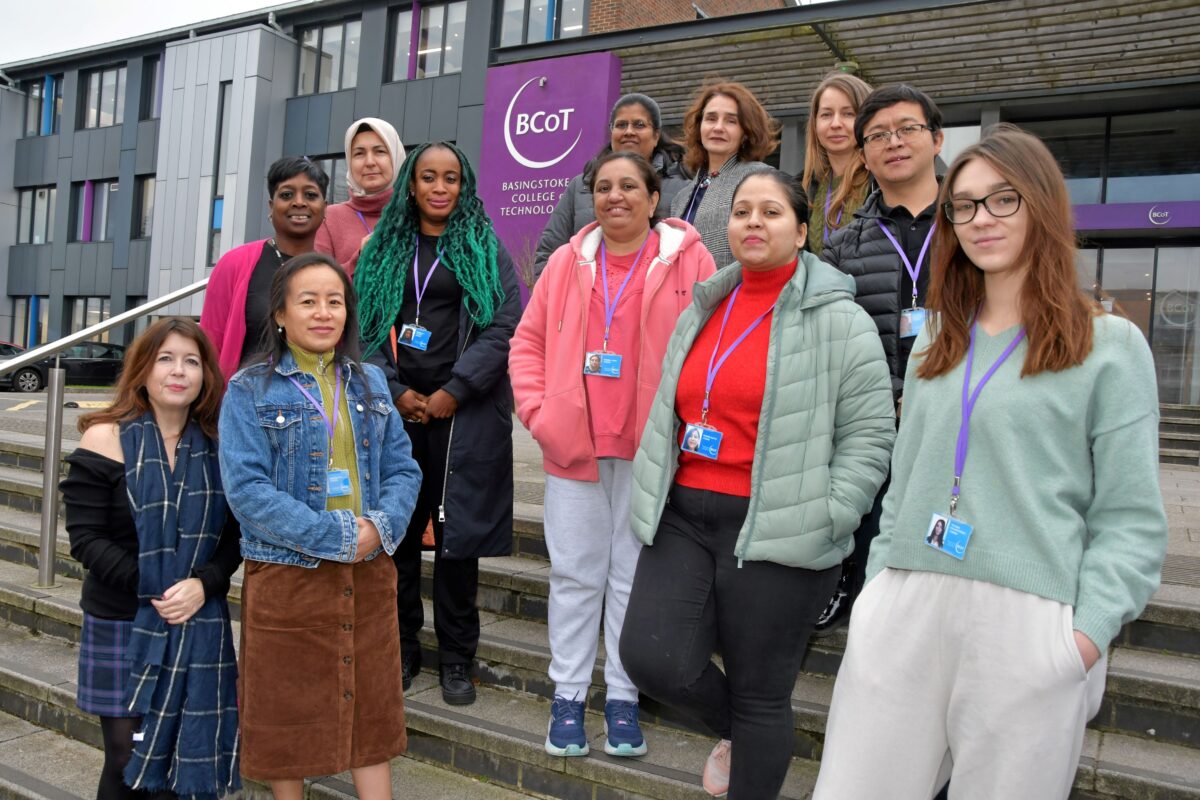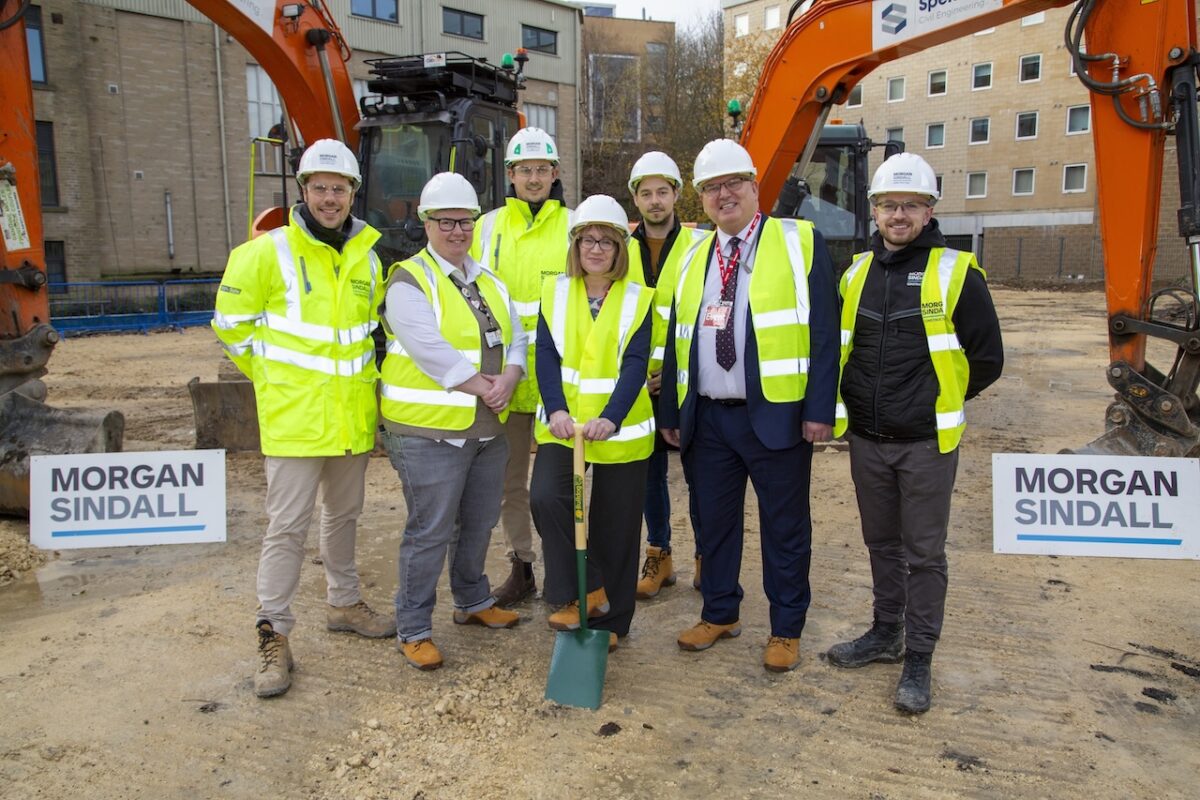UK labour market remains resilient, but fear remains of lower growth in the future

Today’s labour market statistics published by the Office for National Statistics (ONS) show the number of vacancies at 870,000 for November 2018 to January 2019 – 16,000 more than for August to October 2018 and 46,000 more than a year earlier. This was the highest estimate since comparable records began in 2001.
The unemployment rate was estimated at 4.0%, it has not been lower since December 1974 to February 1975. There were an estimated 1.36 million unemployed people, 14,000 fewer than for July to September 2018 and 100,000 fewer than for a year earlier.
The employment rate was at 75.8%, higher than for a year earlier (75.2%) and the joint-highest since comparable estimates began in 1971. There were an estimated 32.60 million people in work, 167,000 more than for July to September 2018 and 444,000 more than for a year earlier.
Average weekly earnings for employees in Great Britain in real terms (that is, adjusted for price inflation) increased by 1.2% excluding bonuses, and by 1.3% including bonuses, compared with a year earlier.
Recruitment & Employment Confederation (REC) director of policy, Tom Hadley commenting on ONS figures:
‘Today’s figures once again highlight the resilience of the UK jobs market, with record vacancies and numbers of people in work. However, we cannot this for granted as our JobsOutlook data shows a significant downturn in businesses confidence in the UK economy which is already impacting on future hiring intentions.
“There is a real fear, as we are seeing in the UK manufacturing industry, that we will see lower growth and fewer opportunities in the future. The political uncertainty surrounding our future relationship with the EU is only compounding matters and putting off businesses from making future hiring plans and deterring foreign companies from investing in the UK. The sooner employers get some clarity, the better it will be for our jobs market.
“On a positive note, the record number of vacancies shows that opportunities are there for job-seekers at present. The challenge in many sectors is finding the right candidates to fills these roles which is why recruitment professionals are playing an increasingly pivotal role in supporting employers to innovate and adapt their hiring strategies to an uncertain and evolving landscape.”
Adrienne Gormley, VP of Global Customer Experience & Head of EMEA at Dropbox, said:
“The answer to how we can be more productive at work does not lie in simply being more connected and stuffing more into the hours available. We have found ourselves racing around from morning ‘til night, working every minute and attempting to squeeze as much as we can out of a day, we simply cannot just “be more productive”.
“In short – we need to be working smarter, not working more. We need to reduce the time spent on doing ‘work about work’ – this is all the mundane and bureaucratic work that we do to manage our actual work – which is stopping us from being our most productive selves. People are an organisations’ greatest asset and the world’s biggest problems are going to take human ingenuity to solve: better teamwork, better collaboration, and better problem-solving – all of which adds up to the need for a culture which gives employees headspace to do their best work.”
Ben Frost, Solution Architect EMEA at Korn Ferry, said:
“Today’s ONS employment stats have once again confirmed strong employment growth up and down the country, which is great news for companies and employees. The challenge, however, remains in competing for the right staff with the right skills.
“Not all businesses are in the financial position to offer monetary rewards to attract and retain top talent. However, for the most part employees’ expectations have begun to shift and so money is no longer necessarily the most effective way of rewarding staff or appealing to new talent.
“Companies need to look at benefits beyond financial incentives in order to attract the best talent. From flexible working schemes for a better work-life balance, to robust career development programmes and creative working environments, employers need to communicate the benefits associated with their brand.
“With this change in focus, organisations are able to attract and retain the best talent and so combat the current skills shortage that is affecting many industries”
Jason Fowler, Vice President, HR Director, UK & Ireland, Fujitsu, shares his thoughts on what this means for HR personnel, said:
“With more people moving into employment the challenge for HR departments is to make sure they attract and select candidates that are best suited for each role. Recruitment and talent acquisition has always been about people, and in the digital age, this firmly remains the case.
But with competition for talent rife, personalised communication is fast becoming at the heart of talent acquisition.
Rather than blasting out mass emails and calls without understanding potential candidates, a personalised approach to recruitment ensures we are able to properly foster and develop a relationship with potential candidates through each recruitment touchpoint – from first contact all the way through to when a potential candidate is hired.
“In recent years, technology has become a useful tool for helping talent acquisition professionals maintain this level of engagement throughout the entire recruitment process. Whether this is through personalised on-boarding videos, ATS tools or customised follow-ups, there are many ways technology can support talent acquisition departments with providing a personal level of service.
“After all, in a world where talent acquisition professionals are increasingly needing to think of innovative ways to provide the ‘heightened experience’ that candidates now demand and expect, talent acquisition departments should be using technology as a tool to accelerate their impact.”











Responses